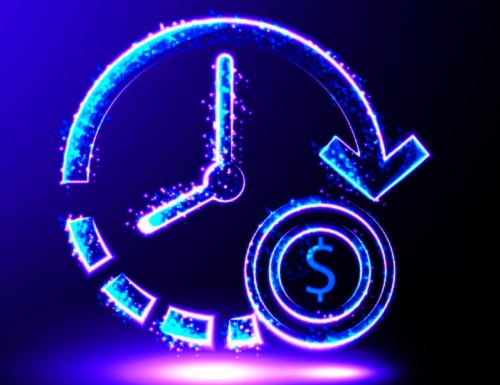· inflation reduction act · 4 min read
Mastering TOU Rates Strategies
Equip yourself with strategies to navigate Time-of-Use (TOU) rates effectively. This guide offers insights into optimizing your energy consumption patterns to save on utility bills and alleviate grid pressure.

As we become less reliant on fossil fuels and embrace more electrification the process of updating our decades-old grid becomes paramount. This aging infrastructure, originally not equipped to handle such energy demands, presents a significant challenge. In response, utility companies are adopting a transformative strategy: Time-Variable Pricing (TVP), which accurately reflects the true cost of power by the hour. This collective effort propels us toward a streamlined energy future.
Time-of-use rates (TOU) explained
TOU rates are the most popular rate structures within Time-Variable Pricing (TVP). These rates divide the day into peak, off-peak, and sometimes one to two shoulder periods, with rates varying accordingly. Peak periods, when rates are highest, typically occur during the late afternoon and early evening, and sometimes again in the morning. Off-peak periods, with the lowest rates, usually happen at night and late morning. Specific times for these periods can vary depending on the utility company and the season, with summer rates often in a larger block of 1pm-6pm or 2pm-7pm. Rates vary by region as well as utility provider.
TOU rates vs. Demand Response Programs
TOU rates are distinct from demand response programs, which are strategies used by utility companies to manage electricity demand and prevent grid overload. To find your utility provider’s TOU rate plans and learn more about other Time-Variable Pricing options, visit the Department of Energy’s guide.
Shifting Energy Usage to Off-Peak Hours
One of the simplest ways to take advantage of Time-of-Use rates is to manually schedule high-energy-consuming activities during off-peak hours when rates are lowest. This doesn’t require any special technology or investment; it’s all about timing. Here are some common activities you can shift:
- Laundry: Running your washing machine and dryer during off-peak hours can lead to significant savings over time.
- Dishwashing: If your dishwasher has a delay start feature, you can load it up and set it to run during the night or other off-peak times.
- Electric Vehicle Charging: If you own an electric vehicle, charging it during off-peak hours can reduce your charging costs.
- Cooking: Using electric ovens and stovetops during off-peak hours can also contribute to savings.
- Water Heating: If you have an electric water heater, consider timing showers, baths, and other hot water usage to off-peak hours.
- Pool Pump Operation: If you have a swimming pool, running the pump during off-peak hours can be more cost-effective.
Utilizing Smart Energy Devices for Energy Efficiency
Smart Energy devices offer a more automated approach to managing Time-of-Use rates, allowing you to optimize energy consumption without manual intervention. Here’s how these devices can help:
- Home Energy Monitoring Systems: These systems provide real-time insights into your energy consumption patterns. By understanding when and how you’re using energy, you can identify opportunities to shift usage to off-peak hours.
- Smart Thermostats: A smart thermostat learns your heating and cooling preferences and can automatically adjust the temperature based on Time-of-Use rates.
- Smart Plugs: Smart plugs allow you to control traditional appliances through your smartphone or other smart devices.
Investing in Load Shifting Technologies for Energy Savings
Load shifting is the practice of moving energy consumption from high-cost peak periods to low-cost off-peak periods. By investing in the following technologies, you can take advantage of Time-of-Use rates and make energy consumption more cost-effective:
- Backup Battery Systems: Charge a backup battery during off-peak hours and use it during peak demand hours to avoid high rates.
- Smart Electrical Panels: Modern smart panels can work with a backup battery to automatically shift your load, considering factors such as TOU rates.
- Solar Panels and Solar Batteries: Produce solar energy during off-peak times and store it for use during peak hours.
- Electric Vehicle (EV) Smart Charging: If you’re considering an EV charger, opt for one with smart charging technology.
Conclusion
Time-of-Use (TOU) rates are revolutionizing our approach to energy use, reflecting the changing dynamics of power demand. By aligning with these rates, households can notch up considerable savings. To further explore your utility provider’s TOU rate plans, visit the Department of Energy. For insights on optimizing these rates to your advantage, check out our feature on energy arbitrage, where we unpack strategies to enhance your energy savings.